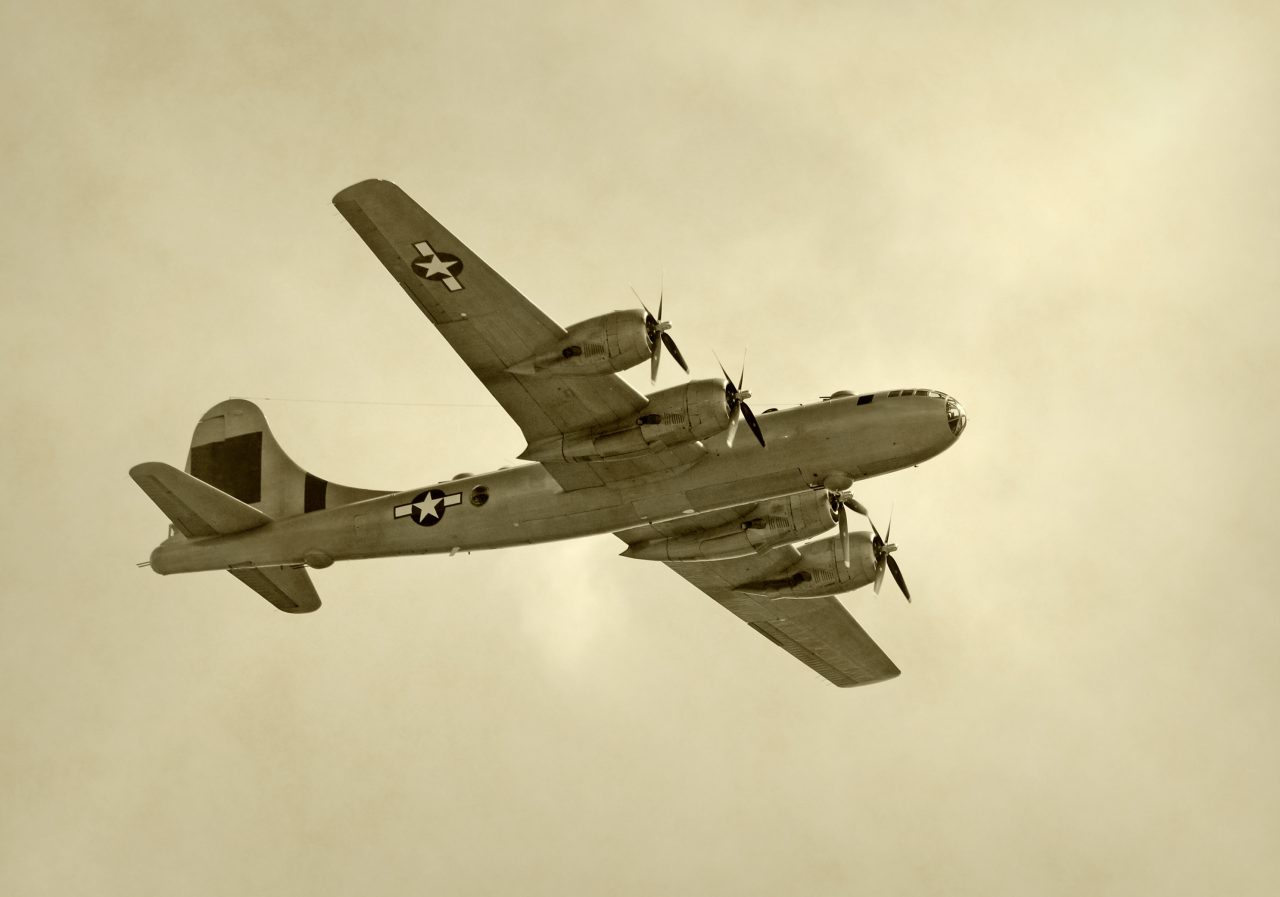There is an old saying that “Life can hang by a thread,” a bit of folk wisdom that is only too true. Life can hang by a thread, or perhaps even a piece of string.
When my husband, Don Huntsman, returned from Italy after World War II, I watched him unpack the meager belongings he managed to bring back. Other than clothes, there wasn’t much. I don’t know what we expected, but Italy sounded pretty exotic. Italy had been at war for over five years and many Italians were desperately in need of any American money that servicemen had available.
Because of this, there were a few things Don managed to pick up at various rest camps. He pulled out a couple of pictures he purchased from an artist on the streets of Rome, several bottles of very fine perfume probably from Capri, an ethnic embroidered blouse from somewhere in Yugoslavia, and a few other small items. He always regretted that the many pictures he took during his time in Italy were stolen before he left Bari.
One item that caught my eye as he pulled it out was a very scruffy looking clipboard with a short length of string attached to each side and a stubby pencil tied to each end of the string. The clipboard had a map marked off in grids glued to its surface. “What is that?” I asked.
“Oh, that’s how we navigated on a mission,” he replied. I thought that he must be joking, but it wasn’t a good time to comment.
Don was stationed in Italy during the last fall and winter of the war as a P-38 fighter pilot. Pilots loved their sleek, wonderful planes, whether they were fighters or bombers, as did those of us who just watched from the sidelines. We were sure that those planes were the most modern, sophisticated planes in existence, with all sorts of marvelous and new capabilities.
Don was always intrigued by so-called “instrument flying,” so when he had the opportunity to volunteer for a small all-weather squadron, he happily applied. He just had to be able to fly a complete mission without any ground visibility. No problem — that’s what the instruments were for. So it was no particular surprise when he wrote that he was now in the weather squadron stationed at Bari just south of the big airbase at Fogia, Italy. It was not a matter of heroics, it was simply how his mathematical mind worked.
Europe was notorious for its overcast winter skies, but I imagined all sorts of mysterious, wonderful equipment in those sleek, silver bodies that were waiting to be flown. Now I would ask myself, “What did these young pilots really have when there was no visibility?” The answer is, “Not a lot.”
The most important items were a compass, a two-way radio, an artificial horizon (if it didn’t spill at take-off), an altimeter that was slow to respond and of questionable reliability, a really good and reliable army wristwatch, and a clipboard with a map of northern Italy and southern Germany with two strings and two stubby pencils attached. I know of nothing more.
So, what was the purpose of all of this? Their most frequent missions would be for two planes to lead a group of bombers to their target. The lead plane would head over the Alps to the target to find a break in the clouds for the bombers. The wonderful and secret Norden bombsight provided the United States with accurate bombing capabilities, but the system could not see through cloud cover.
The second fighter would rendezvous with the bombers and fly toward the target somewhere behind the lead plane. The lead plane, meanwhile, flying over a sea of clouds, would not have seen the ground since it left, and the pilot would probably like to know just where he is.
At this point the pilot would whip out the clipboard and the two-way radio. A radio station operated somewhere on the eastern Italian coast and another on the western coast. If either was disrupted, the whole system failed. The stations moved from place to place almost daily so the enemy couldn’t find them.
The lead pilot would make contact with each station in turn, laying one of the strings across the proper grid on the clipboard. Where the strings crossed was his location and the means for his calculations from then on. He had something like four seconds to make the contact with each station. The time was calculated so that the enemy couldn’t get a fix on the location and take the station out. Once the pilot knew where he was, he could depend on his air speed, his compass and his trusty wristwatch.
Hopefully, he would find a break in the cloud cover over the target for the bombers to get in and out before the flack came up and night was turned to day. If the first target was completely unavailable, they headed for the secondary target and, hopefully, a break in the clouds.
After the bombers completed their run, just as dawn broke with incredible beauty over the Alps, the two P-38s headed for home, thanks to two pieces of string and two stubby pencils.









